Introductory Course: AI Literacy and AI Assistance – Marc Watkins
$99.00 $40.00
»Product Delivery: Within 7 days

 Introductory Course: AI Literacy and AI Assistance Information
Introductory Course: AI Literacy and AI Assistance Information
AI Literacy and AI Assistance is a comprehensive program designed to equip educators and students with the foundational knowledge of artificial intelligence, its ethical considerations, and practical applications in academic settings.
The introductory course covers AI literacy, ethics, AI detection and how to incorporate AI-powered writing, reading, research, and feedback assistants.
What You’ll Learn In AI Literacy and AI Assistance?
AI Literacy: The Foundation 1.1 Emergent Practice
As educators, our first step into the world of generative AI is to arm ourselves with knowledge about the benefits and limitations of this technology. This pathway is designed to help you understand the mechanics of AI, empowering you to inform both yourself and your students.
Those who embark on this journey will:
-
- Learn about generative AI technology, data, ethics, and bias
- Prioritize the art of thinking and writing over reliance on generative text.
- Establish clear guidelines for student use of generative AI in assignments, mitigating its impact on teaching, and learning to limit its disruptive potential in the classroom.
- 1.1 Generative AI as an Emergent Practice
- 1.2 Ethical Challenges of Generative AI
- 1.3 All About AI Detection
AI Assistance: The Bridge 2.1 Introduction
For those ready to delve deeper, the AI Assistance pathway offers a more exploratory approach. This route investigates how generative AI tools outside of ChatGPT can aid students in achieving specific learning outcomes, while still reinforcing the fundamental skills of AI literacy.
Educators choosing this pathway will:
-
- Discover generative AI tools designed to assist students with writing, reading, research, feedback, and tutoring.
- Introduce generative AI in structured assignments that align the tools with specific outcomes, fostering student reflection on their use of the technology.
- Set clear boundaries on the level of assistance provided by certain generative AI tools to maintain a balanced learning environment.
- 2.1 Introduction to AI Writing, Reading, Research, and Feedback Assistants
- 2.2 Writing Assistants
- 2.3 Research Assistants
- 2.4 Reading Assistants
- 2.5 AI Feedback Assistants
- 2.6 AI Speech Recognition
- Academic Standards for AI
The Path Forward 4.1: Develop Your AI Literacy
How do we gather all the messy bits of information about generative AI we need to form a framework about what it means to be AI literate? One method is to start a digital garden. Maggie Appleton’s ethos of digital gardening as a method of collecting, sorting, and ruminating on information is an excellent heuristic to apply to the chaotic information space that occupies our digital moment around generative AI.
Digital gardeners embrace a work-in progress ethos to information. Ideas often need time to flourish, revision and space to nurture, and sometimes need to be left to wither when a new, better idea replaces it. At its heart, Appleton argues that digital gardening is a “different way of thinking about our online behavior around information – one that accumulates personal knowledge over time in an explorable space.” Thus, Digital Gardening is all about taking control about how you learn in our chaotic digital public spaces.
- 4.1 Introduction to Digital Gardening
- 4.2 Start Your Own Digital Garden
- 4.3 Activity: Plant Your Own Digital Garden
More courses from the same author: Marc Watkins
Be the first to review “Introductory Course: AI Literacy and AI Assistance – Marc Watkins” Cancel reply
You must be logged in to post a review.
Purpose: We are committed to providing fast and reliable transportation services to our customers.
Delivery Time: We guarantee immediate or within 1 to 21 days of payment, depending on the course you have purchased.
Shipping Methods: We share orders through Google Drive, so please provide an email address that can access Google Drive.
Ordering Instructions: To place an order, please visit our website and select the desired product. Then, you can proceed with payment using the appropriate payment methods.
Contact: If you need more information or have any questions regarding our shipping policy, please contact us at the email address: [email protected].


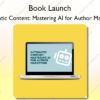
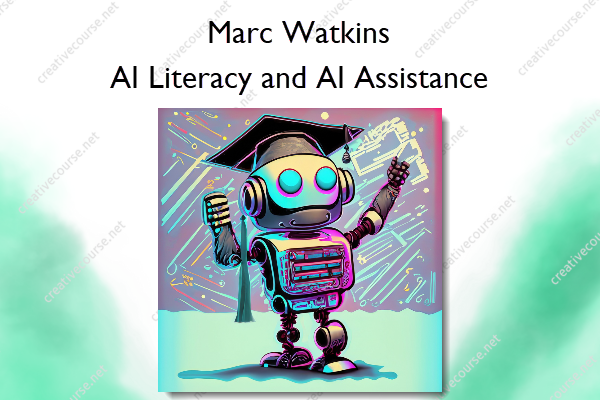
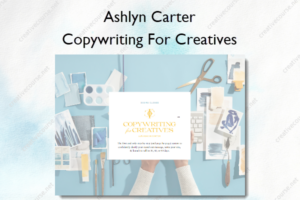





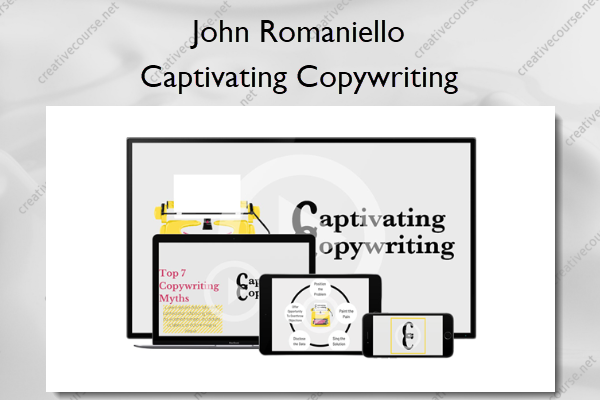
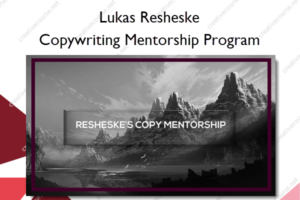
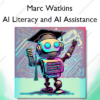
Reviews
There are no reviews yet.